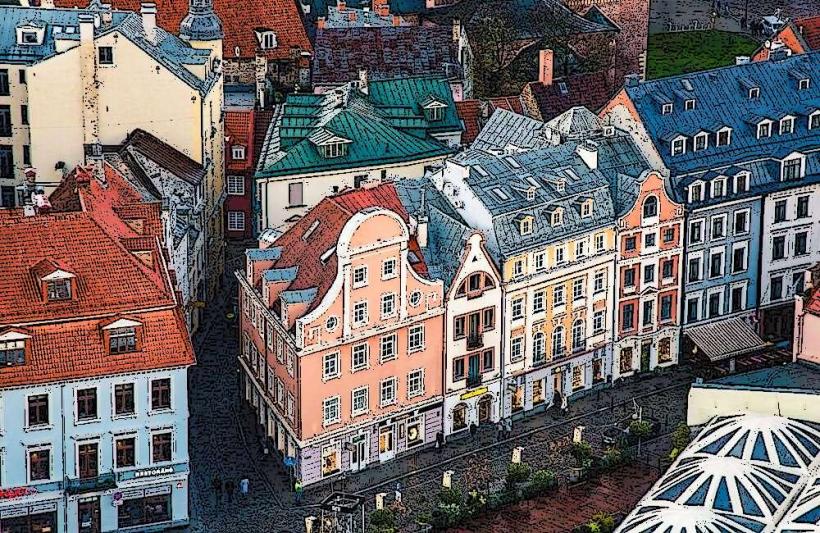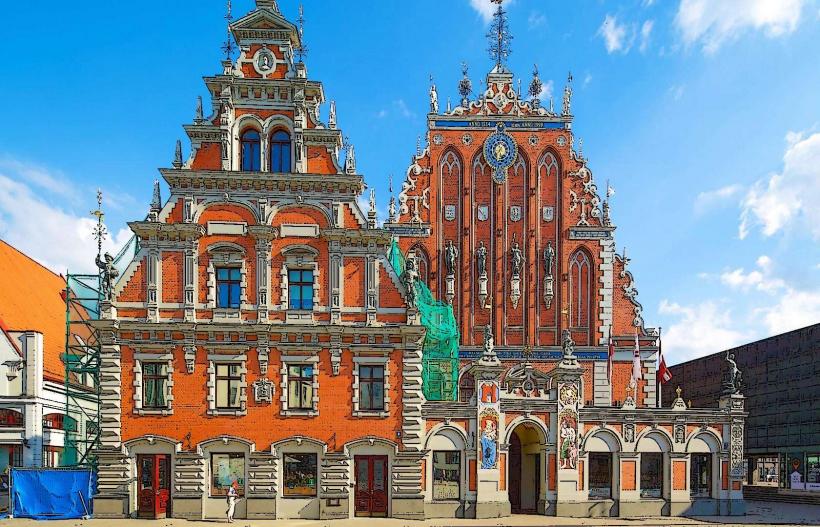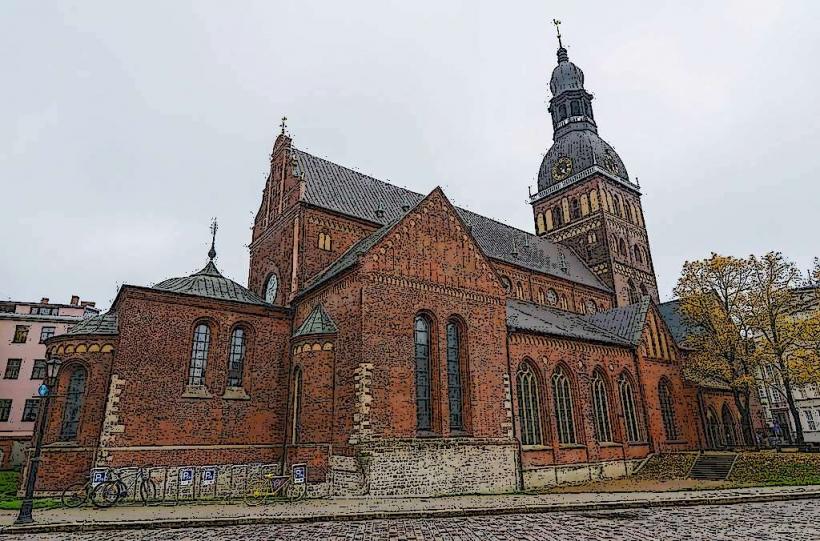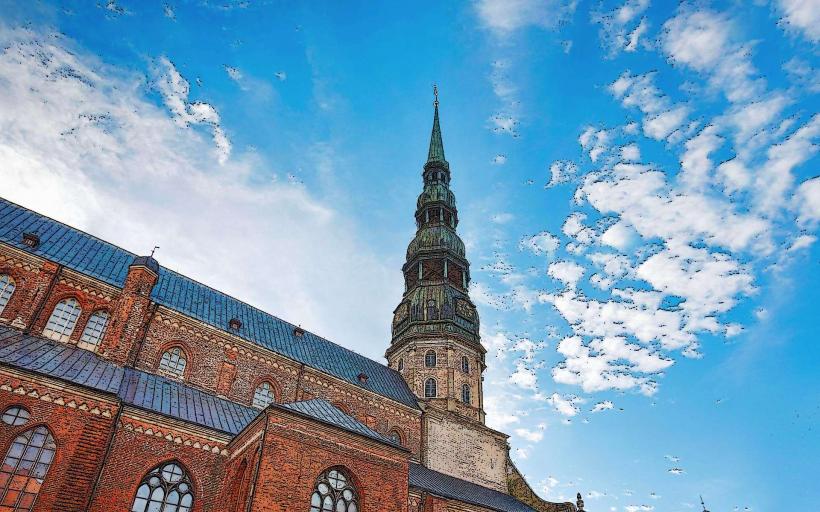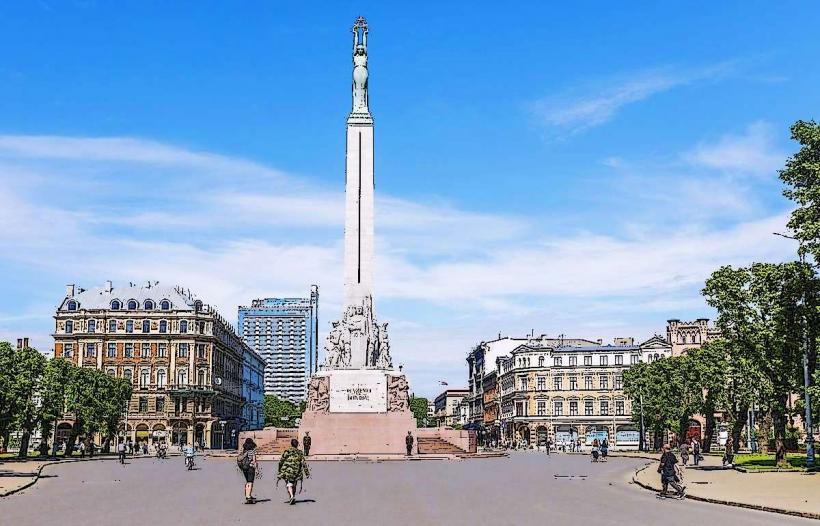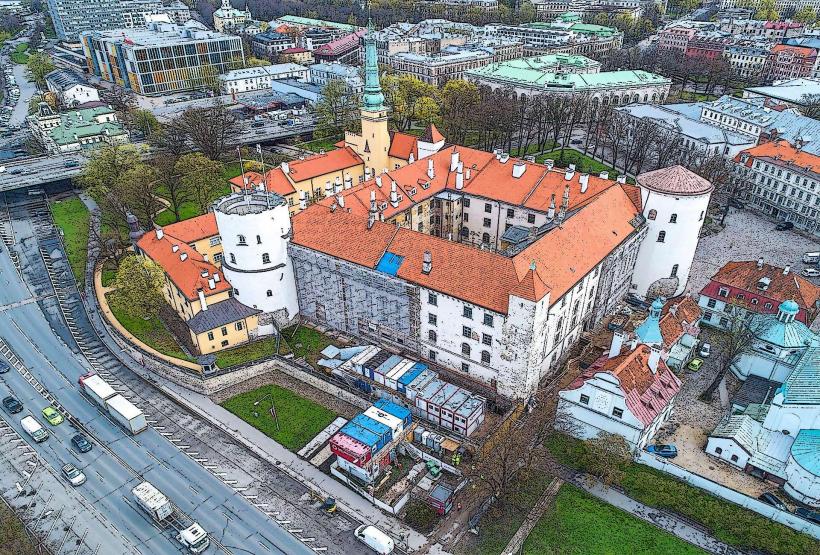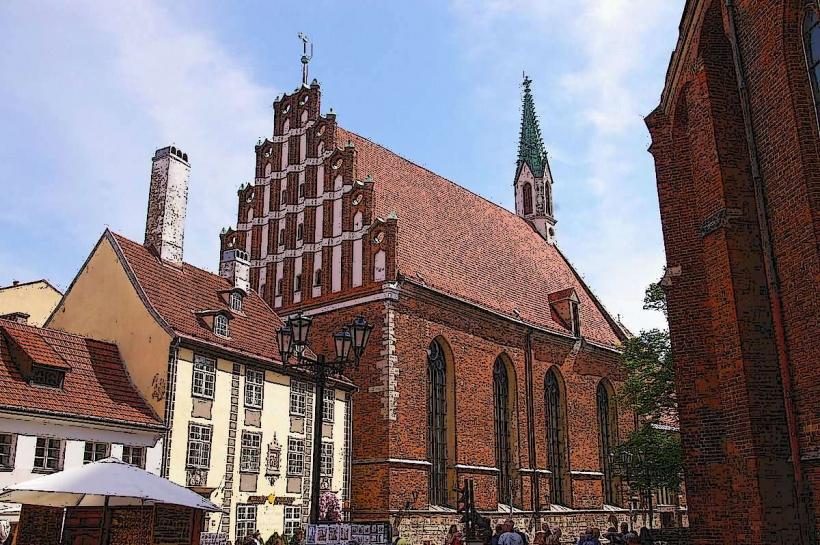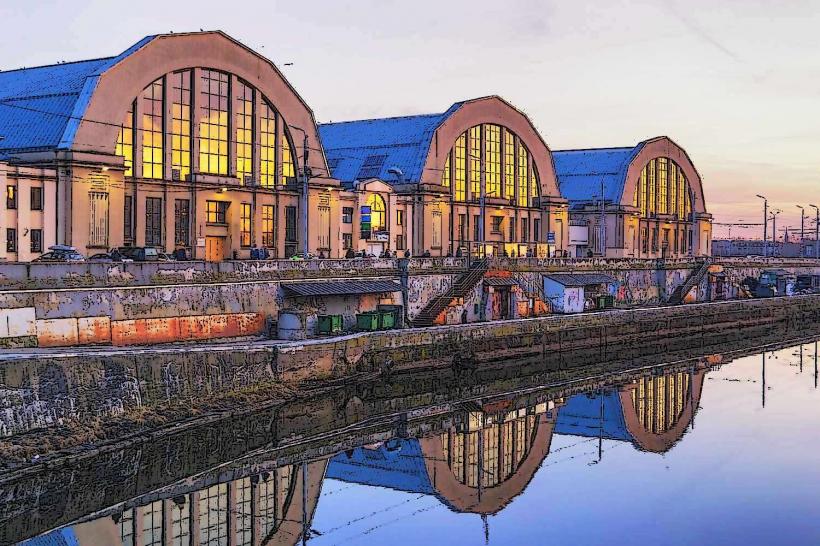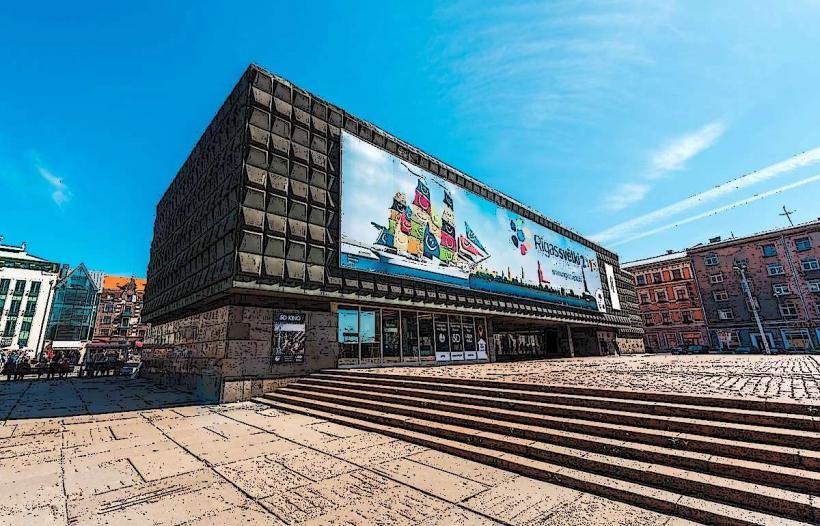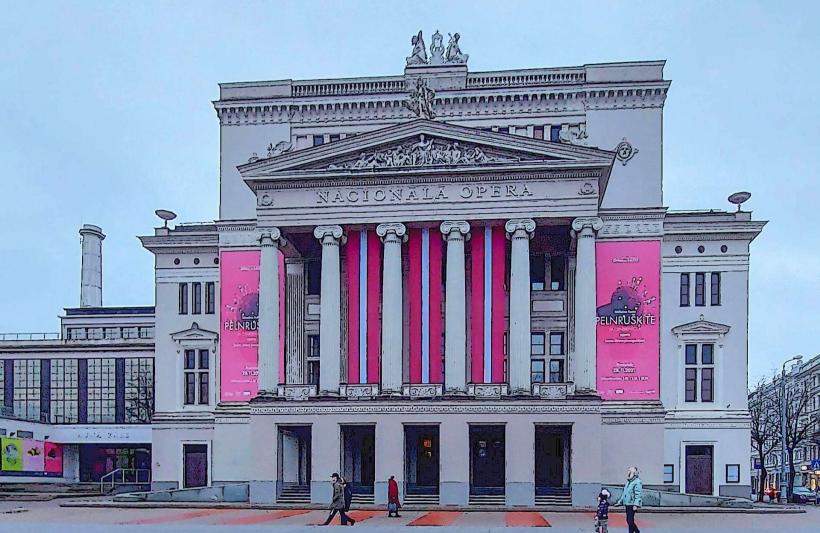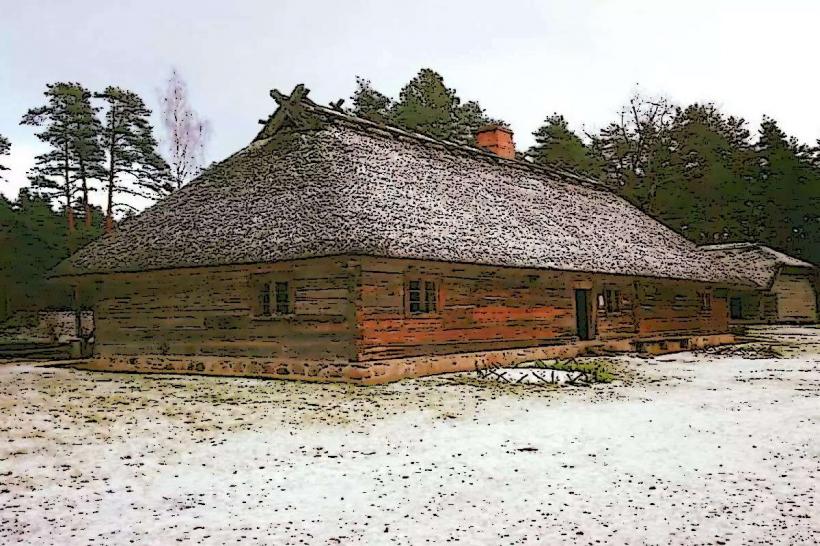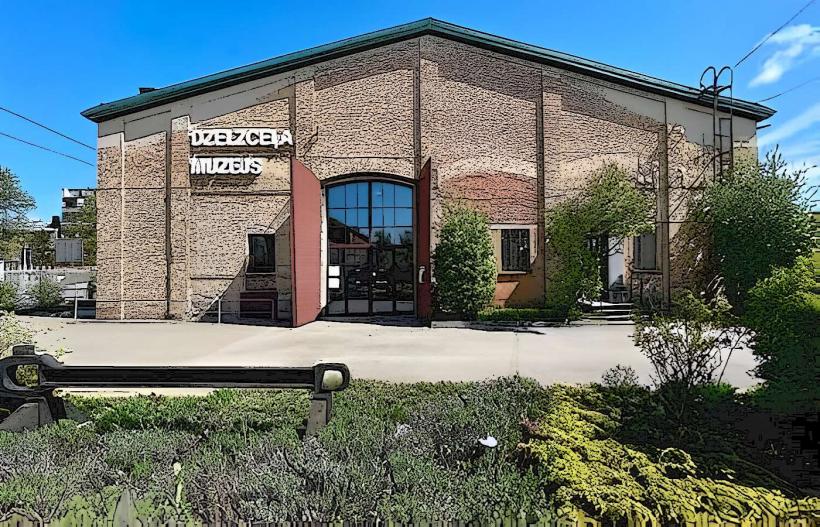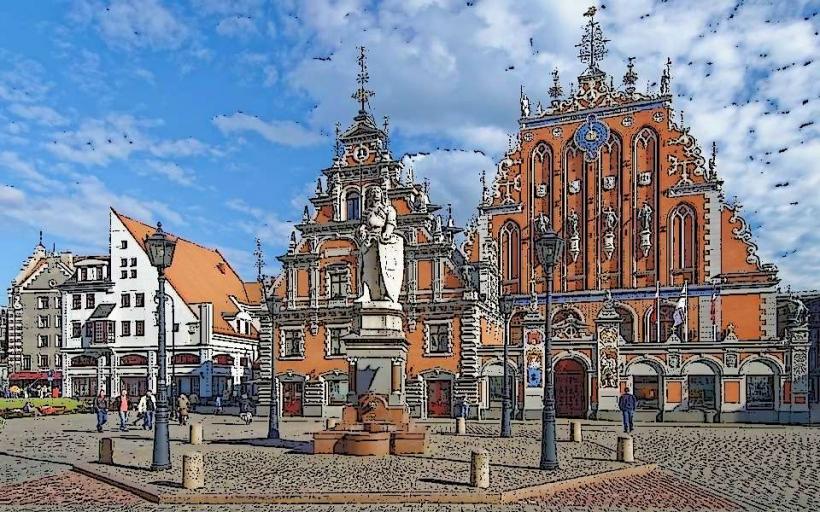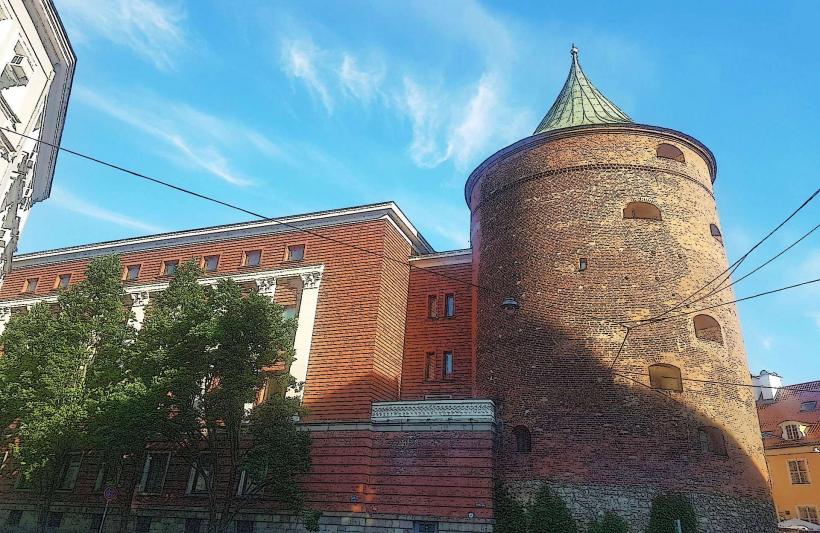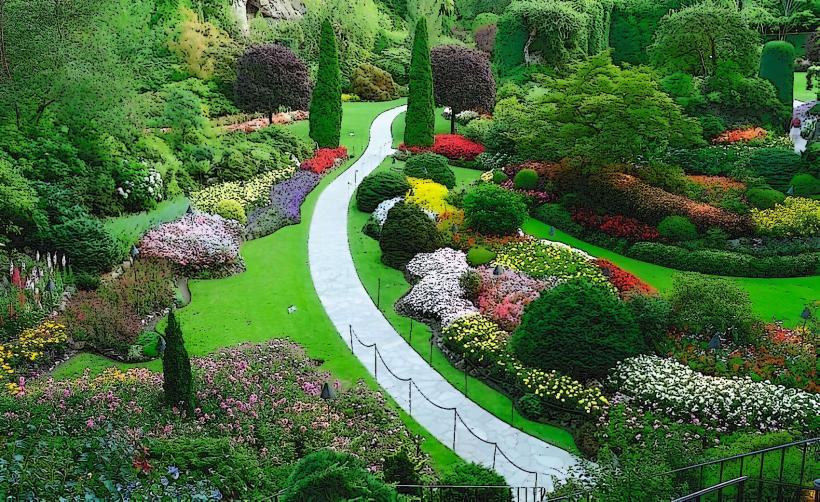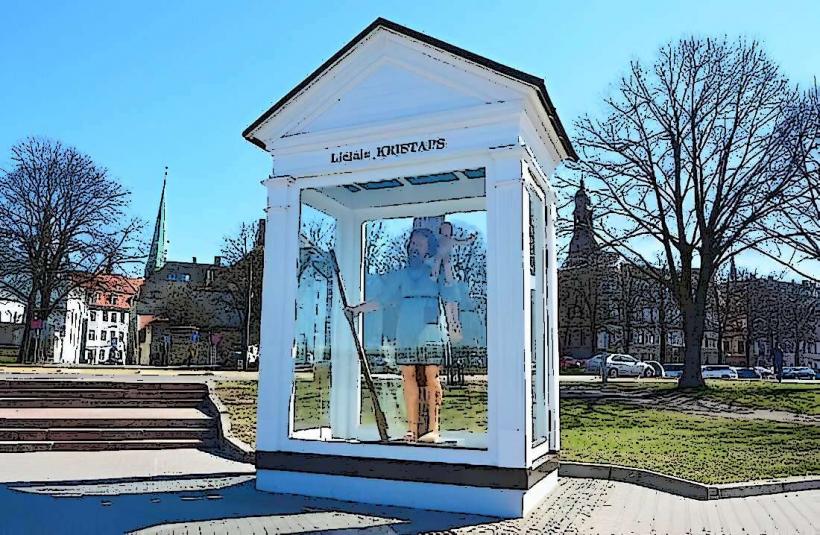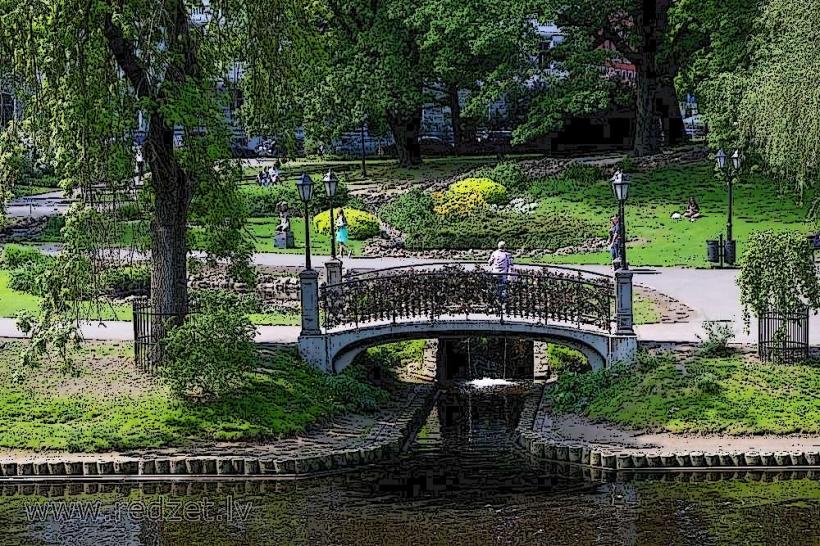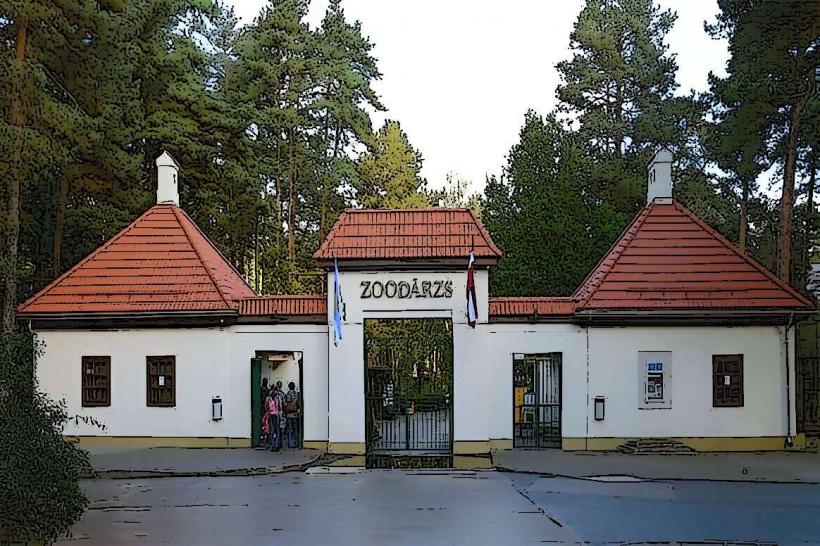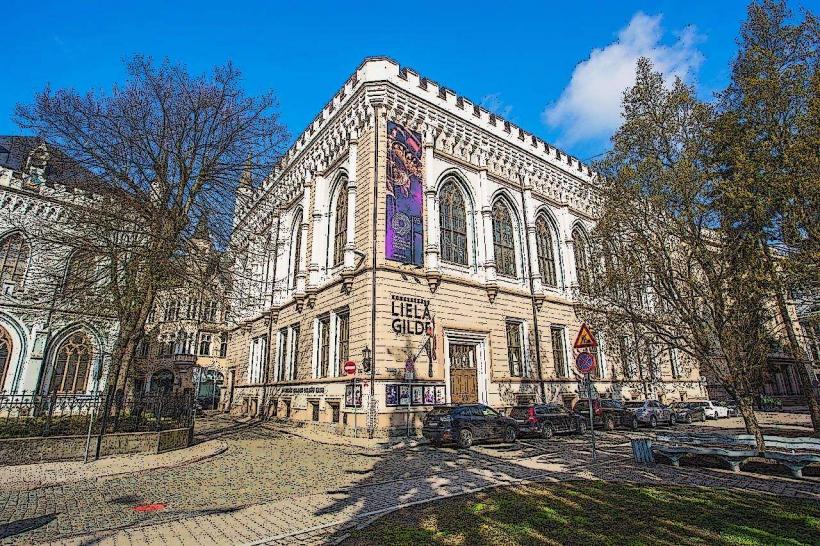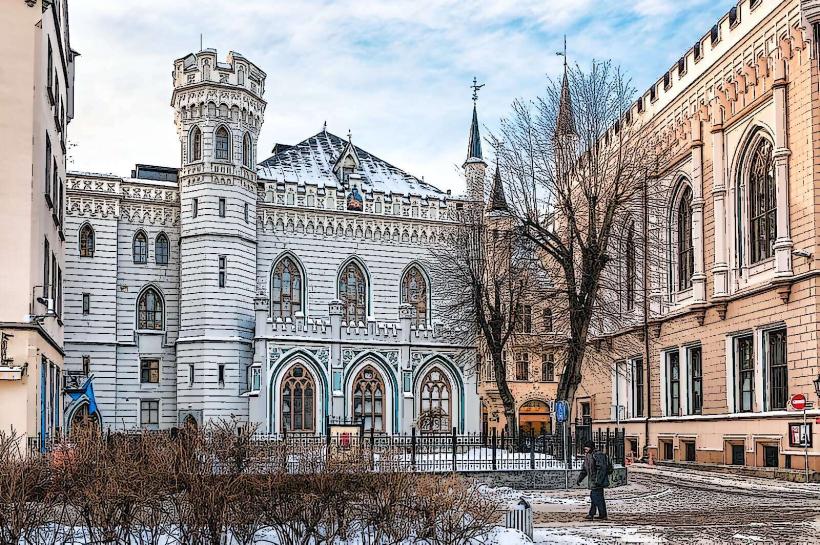Information
Landmark: Latvian National Museum of ArtCity: Riga
Country: Latvia
Continent: Europe
The Latvian National Museum of Art (Latvijas Nacionālais mākslas muzejs) is the premier institution in Latvia for showcasing the nation's rich artistic heritage. Located in the heart of Riga, it is not only a repository of Latvian and European art but also an architectural landmark in its own right.
1. Historical Overview:
Foundation:
The museum was founded in 1905 and opened to the public in 1906, making it the first dedicated art museum in the Baltics. It was part of a broader cultural awakening in Latvia during the late 19th and early 20th centuries.
Architect:
The museum's main building was designed by Wilhelm Neumann, a Baltic-German architect, in the Eclectic style with strong influences of Baroque and Art Nouveau.
Role in Latvian Culture:
Over the decades, the museum has played a crucial role in preserving and promoting Latvian art, even during periods of foreign occupation.
2. Architectural Features:
Exterior:
The museum building is a stunning example of historicism:
- Its white facade features intricate ornamentation, classical columns, and a grand central dome.
- The imposing structure is located near Esplanāde Park, adding to its visual appeal.
Interior:
Following a major renovation in 2016, the interior combines historic elegance with modern functionality:
- Restored decorative ceilings, ornate staircases, and spacious galleries.
- A sleek underground section, added during the renovation, houses additional exhibition spaces and technical facilities.
3. Art Collections:
The museum holds over 52,000 works, making it one of the largest art collections in the Baltics. Key highlights include:
A. Latvian Art:
- 19th Century:
Works by pioneers of Latvian art, such as Johann Walter and Jānis Rozentāls, who depicted rural life, landscapes, and folklore. - 20th Century:
The evolution of Latvian modernism, including artists like Vilhelms Purvītis, known for his atmospheric landscapes, and Gustavs Klucis, a pioneer of constructivism. - Contemporary Art:
The museum regularly features works by contemporary Latvian artists, showcasing evolving themes and media.
B. European Art:
- The museum also holds a notable collection of European art from the 16th to the 20th centuries, featuring portraits, religious works, and landscapes.
C. Special Collections:
- Graphics and Drawings:
A comprehensive archive of prints, sketches, and illustrations. - Sculpture:
Examples from both Latvian and European sculptors.
4. Visiting Highlights:
- Permanent Exhibitions:
The main galleries explore the development of Latvian art from its origins to the present day, offering a deep dive into the nation's artistic evolution. - Temporary Exhibitions:
The museum frequently hosts international and thematic exhibitions, often highlighting contemporary issues or specific movements. - Observation Deck:
A panoramic viewing platform atop the building offers stunning views of Riga.
5. Educational and Cultural Role:
- The museum serves as a cultural hub, hosting:
- Art workshops and lectures for all ages.
- Guided tours that delve into the stories behind the artworks.
- Collaborations with international institutions to bring global art to Latvian audiences.
6. Visiting Information:
- Location:
The museum is located at 1 Jaņa Rozentāla laukums, near Esplanāde Park in Riga’s city center. - Hours:
Typically open daily, except Mondays, with special hours for exhibitions. Check their official website for the latest schedule. - Tickets:
Admission prices vary for permanent and temporary exhibitions. Discounts are available for students, seniors, and children.
7. Renovation and Modernization:
- The museum underwent a major renovation from 2013 to 2016, transforming it into a state-of-the-art facility while preserving its historical character.
- The addition of the underground exhibition space and advanced lighting systems ensures optimal viewing conditions for all artworks.
8. Cultural Significance:
- The museum not only preserves Latvian artistic heritage but also reflects the country’s cultural resilience. During Soviet rule, Latvian art often served as a subtle expression of national identity, and the museum became a space for safeguarding this legacy.
Conclusion:
The Latvian National Museum of Art is a treasure trove of creativity and a must-visit destination for anyone interested in Latvian and European art. Its impressive collection, stunning architecture, and cultural importance make it a cornerstone of Riga’s vibrant art scene.

